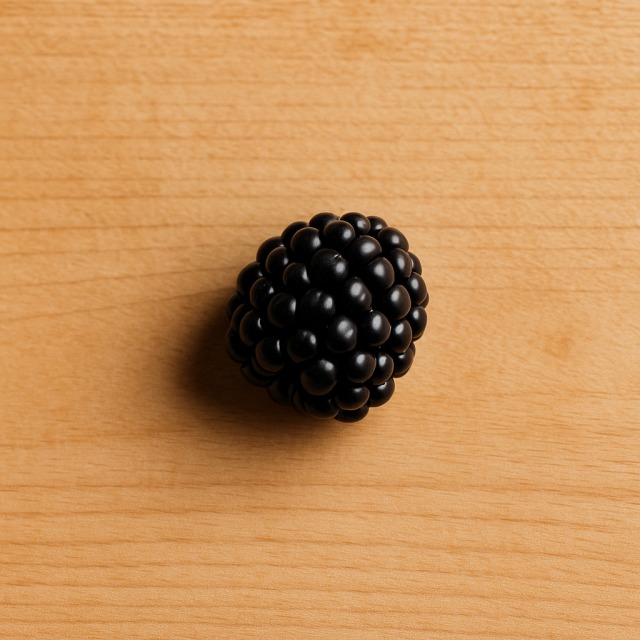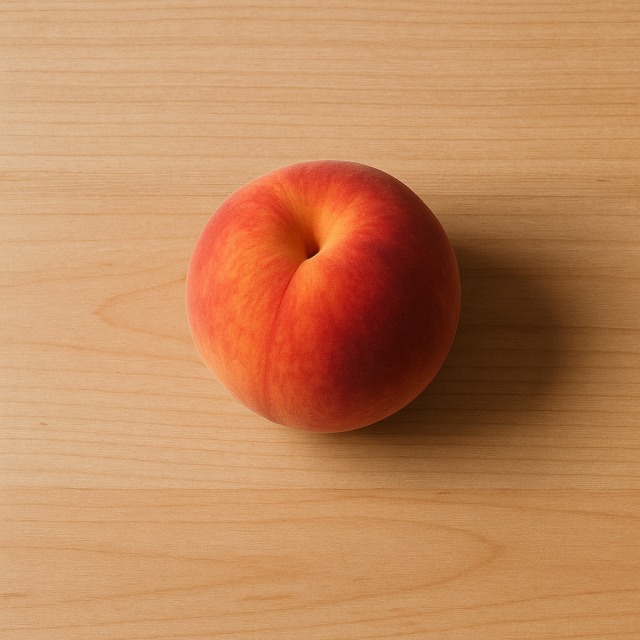Calorie Chart / Fruits / Blueberry
How Many Calories Are in Blueberry?
Calculation of the nutritional value & Recommended Dietary Intake of blueberry
For g and a calorie requirement of kcal
| Calories 62 kcal | Proteins 0.7 g | Lipids 0.6 g | Carbohydrates 14 g |
| 3% | 1% | 1% | 5% |
Health benefits of blueberry

Blueberry - 100g
Calories 52 kcal
Proteins 0.6 g
Lipids 0.5 g
Carbohydrates 11.3 g
With only 52 calories per 100 g, blueberry is clearly a low-calorie food. It nevertheless provides a cocktail of vitamin C, vitamin K1, manganese, and insoluble as well as soluble fibre that helps you feel full for very few calories. Compared with other berries such as strawberry or raspberry, its calorie level remains among the lowest, which makes it attractive for weight-control diets.
The intense blue colour comes from anthocyanins, powerful antioxidants that are being studied for their supposed protective effect on cardiovascular health and vision (research is promising but still described as "supposed"). These polyphenols act synergistically with vitamin C to limit oxidative stress without adding unwanted calories. Regular consumption is also associated with improved insulin sensitivity, again without a major calorie burden.
Historically, Native Americans already valued the berry for both its taste and medicinal properties, drying it to preserve nutrients when fresh produce was scarce. Whether fresh, frozen, or cooked, blueberry remains one of the tastiest ways to enrich a plate while keeping calories under control.
Tips for incorporating blueberry into a balanced diet
To create a balanced breakfast, sprinkle a handful of blueberries over a bowl of yogurt and add crunchy oat flakes. This delivers protein, complex carbohydrates, and vitamins for very few calories—far fewer than most commercial cereals.
For a weekend treat, fold the berries into whole-wheat pancake batter. Replacing part of the sugar with fruit lowers the calories of the dish while adding fibre and antioxidants. Serve with a drizzle of maple syrup if desired, but for a lighter option use a spoonful of light yogurt.
Blueberries also work surprisingly well in a savoury salad: mix fresh leaves of spinach, crumbled fresh goat cheese, toasted nuts, and blueberries, then dress with lemon juice. The sweet–tart notes lift flavours without relying on high-calorie sauces.
If you are craving dessert but watching calories, bake apples stuffed with blueberries and a dash of cinnamon. The combination with apple provides volume and sweetness for minimal extra calories—far less than a slice of pie or a chocolate bar.
Frequently Asked Questions
- How many calories are in blueberry?
- There are 52 kcal per 100 g.
- Are blueberries really low in calories compared with other fruits like banana?
- Yes. A banana averages about 90 kcal per 100 g, nearly twice the calories found in an equal weight of blueberries.
- How many calories are in a handful of blueberries (≈30 g)?
- A 30 g handful supplies roughly 16 kcal, a negligible amount in most diets.
- Do dried blueberries contain more calories?
- Drying removes water, concentrating natural sugars; dried blueberries provide around 300 kcal per 100 g, so portion size is key.
- Can I swap sugary toppings for blueberries to cut calories on yogurt or cereal?
- Absolutely. Replacing syrup or chocolate chips with fresh berries on yogurt or oat flakes can save dozens of calories per serving.
- Are frozen blueberries lower in calories than fresh ones?
- No, the calorie content is virtually identical; freezing only changes texture and preserves nutrients.
- When is the best time to eat blueberries for athletes?
- Post-workout snacks that pair blueberries with a protein source such as yogurt replenish antioxidants without adding many calories, helping recovery.
Similar foods
Information provided by Calorie Menu may contain inaccuracies or errors. It cannot, under any circumstances, substitute medical advice or medication.










